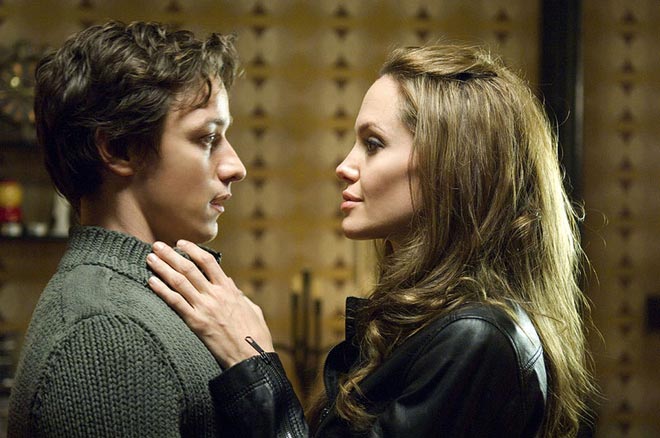Dead People in 1700s Were the First Celebrities

The modern obsession with celebrity started in 18th-century Britain with obituaries of unusual people published in what served as the gossip sheets of the era, an English literature scholar says.
Some researchers think the phenomenon of celebrity was born with the 19th-century Romantic movement in art, music and literature (think of works by Chopin, J.M.W. Turner and Edgar Allen Poe). Instead, Elizabeth Barry of the University of Warwick in England claims the modern public fascination with celebrities can be traced back to the rise of newspapers and magazines and the popularity of the obituaries in the 18th century.
"Different kinds of deaths came to be commemorated and you didn’t have to be something like a military hero or be a political player or be some sort of high person in society to get public commemoration on your death," Barry told LiveScience. "I was interested in looking at that process."
Widely read
Obituaries were one of the most-read sections of newspapers and magazines of the 1700s. They were intended to provide an account of the life of someone who had recently died as a way of illustrating how the life you led would be rewarded or punished in death.
However, the rise in popularity of obituaries actually came because the deceased were regarded as objects of scandal and public fascination — in other words, Great Britain’s first celebrities.
These periodicals that published obituaries started out as religious pamphlets aimed at reminding people that they should be very pious because they could die at any moment, Barry said. Later, they became more secular, grab-bags featuring obituaries, political news and essays. At first, only kings and famous artists and writers got obits, but later publications also featured death write-ups for eccentrics, performers, sportsmen and others who previously were not seen as worthy of a written memorial, Barry said. The periodicals were extremely popular, with circulations in the tens of thousands, which was a lot back then, she said. "They tried to meet the needs of a new urban audience where the lower-middle class and middle class were rubbing around in the same spaces as aristocrats," Barry said. "It was trying to speak to both and it was kind of uneasy. It got a lot of flack and was seen to be too populist and low-brow."
Sign up for the Live Science daily newsletter now
Get the world’s most fascinating discoveries delivered straight to your inbox.
For instance, the Gentleman’s Magazine in 1789 gave an account of the life of Isaac Tarrat, a man known to hire himself out to impersonate a doctor and tell fortunes in a fur cap, a large white beard and a worn damask night gown. Another subject, Peter Marsh of Dublin, was made famous by his convictions about his own death in 1740. After being hit by a mad horse which died soon after, Marsh convinced himself that he would also go mad and die. The Gentleman’s Magazine reported that he duly died "of a conceit that he was mad."
Short-lived fame
Barry said: "Celebrity — short-lived fame — became a feature of British society, and the untimely or dramatic death began to create as well as test this new kind of fame. The obituary plays a key role in this process and represents an important mechanism for introducing modern notions of fame and celebrity into British society."
Obituaries also were published in similar, though less widely read, periodicals in the colonies that became the United States, Barry said. These obits were written in a Puritan framework, focusing on the way people died, perhaps with "a bible in their hand," she said. In either nation, obituaries allow death to become a way of creating a bereaved community that transcends the social divisions of the past, or more recently, divisions of race, Barry said.
"It’s a way of bringing the country together, citizens together, such as when the wife of William of Orange dies, or Princess Diana dies in the 20th century, they are all mourning this same woman and she is very much one of the people," she said. "There is a sense of an imagined community of people created through the media, and death is something that cuts through the perceived differences."
Barry’s research is detailed in the current issue of the International Journal of Cultural Studies.
- Top 10 Immortals
- Top 10 Weird Ways We Deal with the Dead
- Urban Legends Debunked
Robin Lloyd was a senior editor at Space.com and Live Science from 2007 to 2009. She holds a B.A. degree in sociology from Smith College and a Ph.D. and M.A. degree in sociology from the University of California at Santa Barbara. She is currently a freelance science writer based in New York City and a contributing editor at Scientific American, as well as an adjunct professor at New York University's Science, Health and Environmental Reporting Program.










